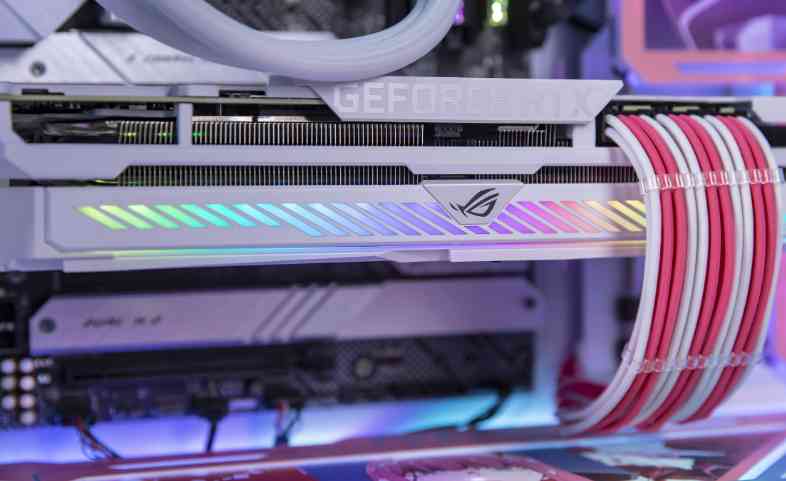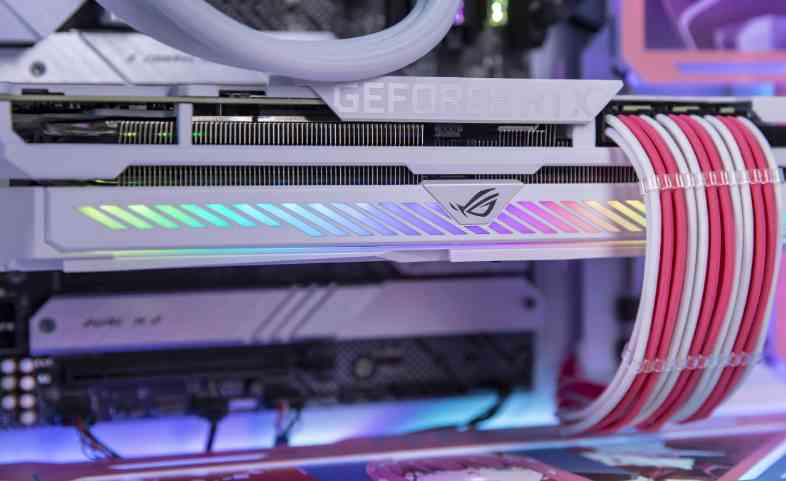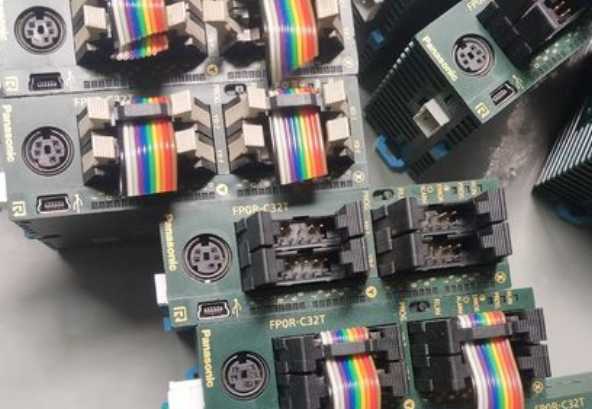
High frequency PCB design: Factors affecting the performance of RF signals
With the rise of the Internet of Things technology, it is more and more common for electronic products to be equipped with wireless communication function, and wireless communication technology relies on the RF circuit on PCB to achieve. Unfortunately, even PCB designers often shy away from the RF circuit, because it will bring huge design challenges, and requires professional design and simulation analysis tools. Because of this, for many years, the RF portion of PCBS has been designed by independent designers with RF design expertise.
Radio frequency circuit design engineers out of the 18 skills, a fierce operation, the design of the radio frequency circuit Layout below, and exported DXF format to PCB Layout copy is good, not cool crooked.
After importing the radio frequency circuit DXF format file, I found that the wiring has both right angles and sharp corners. In my mind, I thought, emmm, this radio frequency is really water, and the salary is higher than labor. I do not know how to avoid sharp chamfering arc transition, and then I re-optimized the wiring of the radio frequency circuit.
As a result...
In order to avoid misunderstandings in the future, Prinlin Xiaobian called layout bacteria after work, closed the door and guided some of the relevant points of RF PCB design.
According to the RF circuit theory, when the wavelength of the signal transmitted on the signal connection line can be compared with the discrete geometric size of the circuit element, the RF IC pin pad, RF signal transmission line on the PCB, RF passive devices, through holes and even ground copper paving are all important factors that seriously affect the performance of the RF signal.
Microstrip wire is ideal for transmitting high frequency signals on PCBS, unless the IC is connected to the antenna at a very short distance, use a coaxial cable or transmission line with characteristic impedance matching. On the printed circuit board, it is best to use the microstrip line transmission line with the structure shown below.
A microstrip wire transmission line consists of a fixed width metal wire (conductor) and a ground area directly below (adjacent layer). For example, wiring on Layer 1 (top metal) requires a solid ground area on Layer 2. The width of the wire, the thickness of the dielectric layer, and the type of dielectric determine the characteristic impedance (usually 50 or 75Ω).
Of course, in addition to the microstrip line, another common transmission line is the ribbon line, as shown below.
The strip line includes a fixed width of the inner line and ground areas above and below it. The conductor may be located in the middle of the ground region or have a certain offset. This method is suitable for inner RF wiring.
Since strip wires are also suitable for RF wiring, why does wu say microstrip wires are ideal for transmitting high-frequency signals over PCBS?
Both microstrip wire and strip wire have excellent performance in transmitting millimeter-wave frequencies. The difference lies in the manufacturing cost.

Compared with strip-wire circuits, microstrip circuits have fewer processing steps, and the circuit components are easier to place, making them easier to manufacture (and cheaper to manufacture). Compared to microstrip lines, strip lines can provide more isolation for adjacent electrical routes and support denser component layouts. In addition, the strip circuit is also very suitable for the manufacture of multi-layer circuit boards, the layers can be well isolated.
The electrical properties of microstrip conductor and strip conductor are affected by dielectric constant of insulating material and proximity effect of ground. The microstrip line has only one connection, while the ribbon line has two. For microstrip wires, the effective permittivity affecting conductor impedance is the sum of the relative permittivity of the insulating material and the air above the circuit (equal to 1). The effective permittivity of the strip is the sum of the relative permittivity of the two substrates above and below the conductor.
For all high frequency circuits, keeping impedance controlled is essential to achieve consistent amplitude and phase response electrical performance. The impedance of the conductors of two transmission lines is a function of, among other factors, the width of the conductor, the thickness of the conductor, the thickness of the insulating substrate, and the relative capacitance or dielectric constant of the substrate. For strip lines, it is not important whether the distance between the central conductor and the ground is equal or whether the dielectric constant of the insulators above and below the conductor is the same (the same is true for microstrip lines).
The strip has two grounding layers, so the 50Ω (or any given impedance) line of the strip is thinner than a conductor with the same impedance of the microstrip line. Thinner wires support greater circuit density, but thinner wires also require tighter manufacturing tolerances and very consistent permittivity of the substrate throughout the circuit. The single-ended (unbalanced) transmission line of the microstrip line has less dielectric loss (defined by the substrate dissipation factor) than the strip line, because some of the field lines of the microstrip line are in the air and their dissipation factor is negligible.
Of course, the properties of the two transmission lines are really only about the same as those of the insulating substrate on which they are made. Just as the PCB materials used, such as FR-4, can reduce costs but also limit performance, selecting the most suitable material for different microstrip and ribbon applications can better leverage the advantages of both types of transmission lines.
As with many engineering decisions, there is a trade-off between microstrip and ribbon. For example, strip-wire circuits have higher circuit density, and therefore require more layers of material, more processing time and expense, and more attention to detail than microstrip-wire circuits at the same frequency.
In contrast to the common microstrip and strip lines, another type of RF transmission line is the ground coplanar waveguide, which provides better isolation between adjacent RF lines and between other signal lines. This medium includes an intermediate conductor and ground areas on both sides and below as shown below:
It is recommended to install through-hole "fences" on both sides of the grounded coplanar waveguide, as shown in the following figure. This top view provides an example of installing a row of ground through holes in the top metal ground area on each side of the intermediate conductor. The circuit current caused by the top layer is short-circuited to the ground below.









